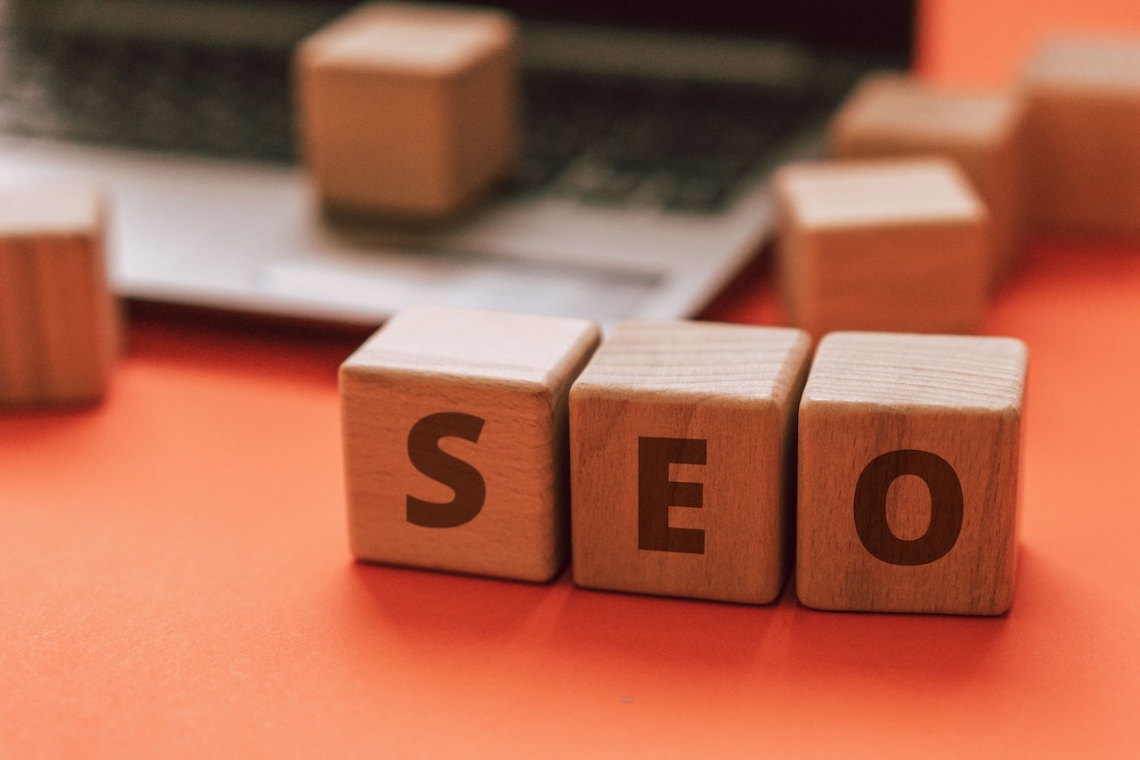
Chances are, you make use of images on your website and in your content marketing strategy. After all, images have become a large part of how we conduct searches online. Visual search on Google Images has seen an increased number of users in recent years, and many businesses are rushing to get onboard with image SEO.
Undoubtedly, visual content plays a big part in the user experience. A page that consists exclusively of text simply looks dull, boring, and uninviting. When it comes to optimizing images for SEO, you are attracting more visitors to your website and improving your rankings in Google Image packs. In this article, we share with you how you can optimize images for organic SEO.
What Factors Impact Image SEO Ranking?
Ultimately, what will affect whether you rank well in image SEO is whether search engines can easily “read” and understand your content. The factors that impact image SEO are as follow:
- Originality: Content that has been customized for your website will rank higher than stock images, as specified in Google’s guidelines.
- Loading speed: As images account for the bulk of a page’s data, it’s important to have a fast-loading website. Ensuring that your images are scalable to any screen size is also essential due to the increasing number of mobile searches conducted nowadays.
- Context: Before adding an image to your website or alongside a blog post, ask yourself: is this image relevant? Does it add value to my website? You may choose to add images simply to prevent your website from looking dull. However, images that add value such as infographics can be more helpful for your readers.
- Quality: It’s widely known that search engines prefer images that are high-resolution. If you wish, you can allow visitors to open the image in an embedded window or a new tab in higher resolution.
- Accessibility: When using images on your website, always add a descriptive alt text. Why is that so? For one thing, this will make it more accessible to users with visual impairments who are unable to view the image clearly, which will help in voice search. As far as possible, try not to embed text within images as page translations will not include it.
Making Your Images Indexable by Google
Did you know that Google has published a list of official guidelines around image SEO? The first and most crucial thing to note is that providing visitors with a great user experience will help in image SEO. What this means is that as long as you keep your images relevant and helpful, you are on the right track. Below are some best practices to take note of in keeping your images indexable:
- Use an URL structure that makes sense: Instead of a random string of letters and numbers, name your URLs for what is captured in the image. This will help in SERP rankings but also take note that changing image URLs will require a period of downtime for search engines to process and reindex them.
- Use proper titles, file names, alt text and captions: If you do not name your images deliberately, chances are, the default name will be along the lines of “IMG001”. That does absolutely nothing for your image SEO as the search engine will not be receiving any clues about the image content.
- Always follow SafeSearch guidelines: Your images will not show up in search results for users who have SafeSearch turned on if there are indications of adult content. If your images do contain adult only content, group them separately in URL structures.
Image Formats to Use
The most common image formats used today are JPEG and PNG. Which you choose will largely depend on the size and quality of the image. Below is a quick summary:
- JPEG: As the most common image type for getting the most out of size and quality, JPEGs are compressed files that come with a compromise in quality.
- PNG: Although PNGs provide better quality than JPEGs, they also come in a larger file size. However, background transparency is preserved with PNGs. Most websites make use of a combination of JPEGs and PNGs, using the former for photos and the latter for anything that incorporates various design elements.
- BMP: BMPs allow for high-quality graphics and are indexable by Google, however they cannot be compressed unless converted to JPEG or PNG.
- SVG: As the smallest visual icons on a website, SVG is commonly used for icons and logos.
- GIF: We are all familiar with GIFs and the obvious benefits that come with them. While GIFs can increase the number of views and shares on your website, they can also slow down its loading speed.
Stock Images
Although it’s advisable to use unique images on your website, there can come times where you have no choice but to turn to stock images. This may be because you are in a rush or have yet to engage a designer or illustrator. When that is the case, there are some small steps you can take to improve non-unique images. Below are some tips:
- Crop the image, leaving out any unnecessary elements.
- Add filters to give it a more vintage or artistic look.
- Adjust levels of brightness and contrast with an auto-enhancing tool.
- Edit any irrelevant elements out of the picture.
- … and more!
Increase Visibility and User Engagement with Image SEO
Most businesses already know the importance of SEO, but what about image SEO? It’s an aspect of online marketing that often goes neglected, however, it’s getting increasingly important as technology advances and customers start to expect more out of their shopping experience. Properly optimized images can increase your website’s visibility and user engagement, and this can be achieved simply by ensuring that your URLs are in place, that you are using the most appropriate image format and taking other simple steps.